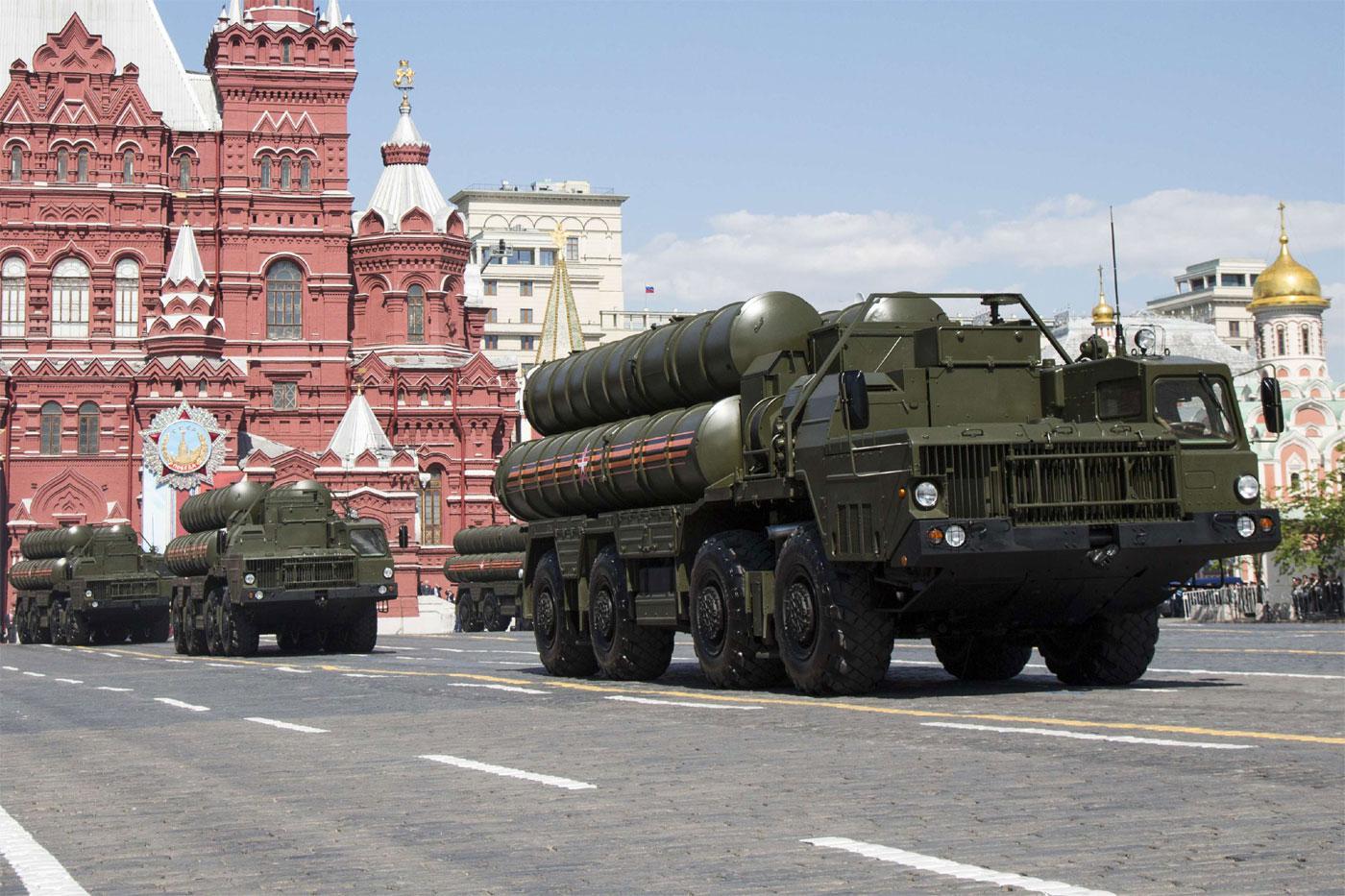According to the Russian Ministry of Defense, a Russian Su-35 fighter recently destroyed a Ukrainian S-300 anti-aircraft missile launcher near Kramatorsk in what Moscow referred to as a special military operation in Ukraine.
The defence ministry’s spokesperson, Lieutenant-General Igor Konashenkov, issued the following statement on July 28.
“In the Kramatorsk area, a Russian Aerospace Forces Su-35S multirole fighter jet destroyed an S-300 anti-aircraft missile launcher.”
In addition, he claimed that Russian combat aircraft, missiles, and artillery units attacked six Ukrainian army ammunition depots in the Mykolaiv and Donetsk regions in the last 24 hours.
However, the ministry provided no concrete evidence that the Su-35 had destroyed air defence systems. The ministry previously claimed that three Ukrainian warplanes were shot down by a Russian Su-35S fighter jet in the Donetsk region.
“A Russian Su-35S fighter jet shot down two Ukrainian Su-25 bombers in Barvenkovo, Kharkiv region, and Troitskoye, Donetsk, as well as one MiG-29 near Krasnoploye, Donetsk People’s Republic,” the ministry said on July 10.
Su-35 fighter planes are critical to Russia’s plans to invade Ukraine. Su-35s were noticeably relocated from the Russian Far East to the Belarusian border with Ukraine before the armed conflict began.
According to an announcement made by Russia’s deputy defence minister Alexander Fomin, two battalions of S-400 air defence systems and 12 Sukhoi-35 fighter planes will be sent to Belarus in January 2022 to participate in a joint exercise.
In the meantime, the S-300 is a critical defence system for Ukrainian forces. When the Soviet Union disintegrated in 1991, the Ukrainian army, air force, and navy received a large amount of air-defense equipment.
Six brigades, four regiments, and additional S-300s taken over by the army were among those cascaded to the Ukrainian air force.
Su-35 Jets: Setback For Russia, China
Despite being regarded as one of the best dogfighters, the Su-35 suffered several setbacks during the conflict, tarnishing its reputation. The EurAsian Times previously reported on how the plane gained attention after Ukraine claimed it was shot down.
The first Su-35S Flanker-E was shot down on April 3 in the Kharkiv region, near Izium. The Ukrainian Air Force is believed to have shot down the plane with an anti-aircraft missile.
A Russian Su-35 fighter jet was allegedly shot down by Ukrainian forces near Nova Kakhovka on July 19. On May 27, it was reported that a Ukrainian MiG-29 shot down a Russian Su-35 over the Kherson region.
It was reportedly Russia’s second loss of a Su-35 in the conflict with Ukraine.
Furthermore, the US and the UK may have used “material” from the downed Sukhoi Su-35 to decipher and plan strategies against Russia’s second-most sophisticated fighter-bomber.
The downing of Su-35 fighters is also seen as a major setback for China. The PLAAF also uses the Su-35S, which NATO refers to as the Flanker E. By April 2019, all deliveries to Beijing had been completed.
The Su-35S is a single-seat, all-weather fighter that can fly day or night. It is effectively protected by modernised electronic countermeasures such as active and passive jamming.
The advanced Irbis-E passive electronically scanned array radar has a range of about 217 miles and can track up to 30 targets depending on their size.
The Su-35 is armed with a 30mm autocannon and can carry 17,630 pounds of payload on 12 external hardpoints. It can launch a variety of air-to-air, air-to-surface, anti-radiation, and anti-ship missiles, in addition to laser and satellite-guided bombs.
Six short-range air-to-air missiles and 12 beyond-visual-range air-to-air missiles can be carried by the aircraft. The twin Saturn AL-41F1S thrust-vectoring turbofan engines are responsible for the aircraft’s exceptional manoeuvrability and agility.
The maximum altitude and top speed of these engines are 59,000 feet and 1,550 mph, respectively. The plane also got canard wings near the nose, which allowed for more manoeuvrability without requiring a major overhaul of the airframe.
